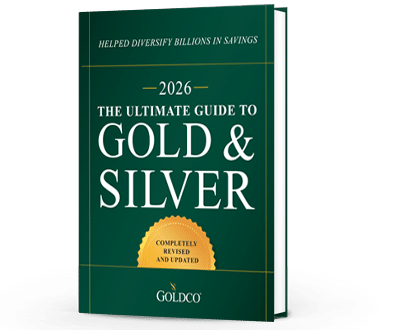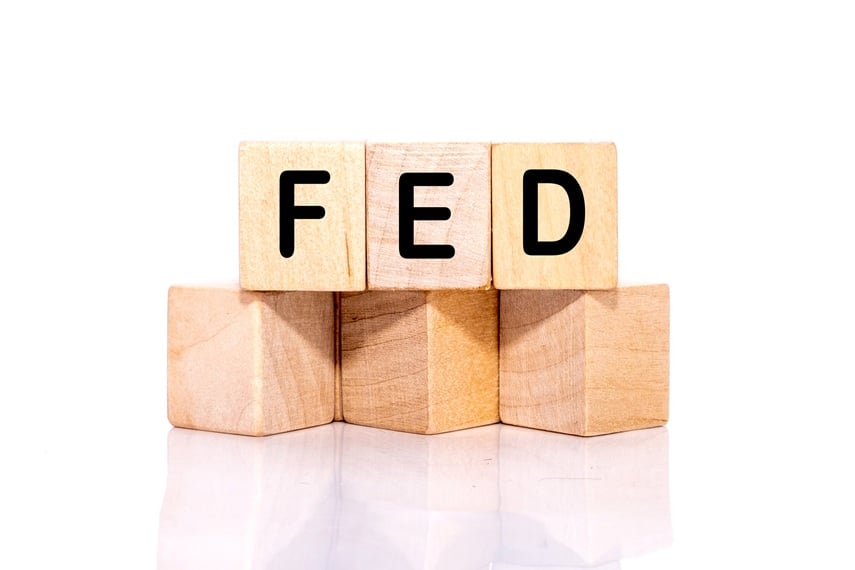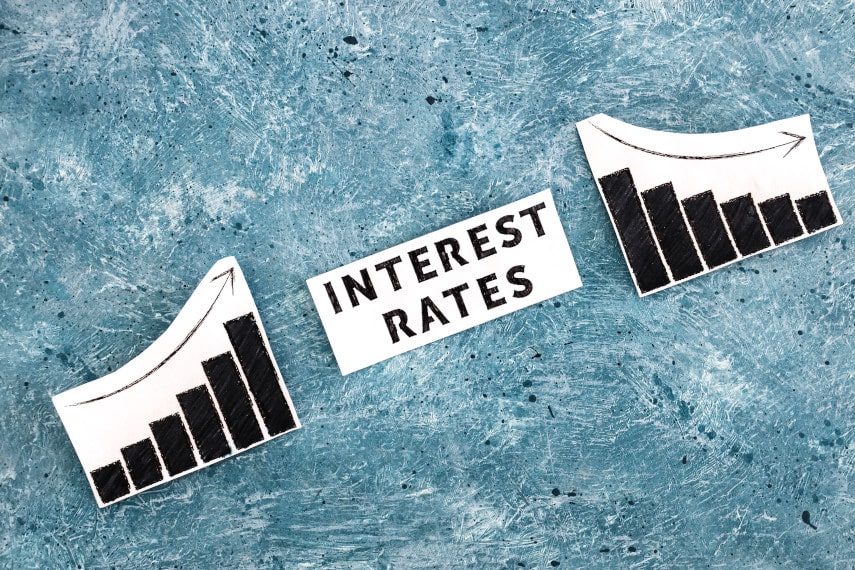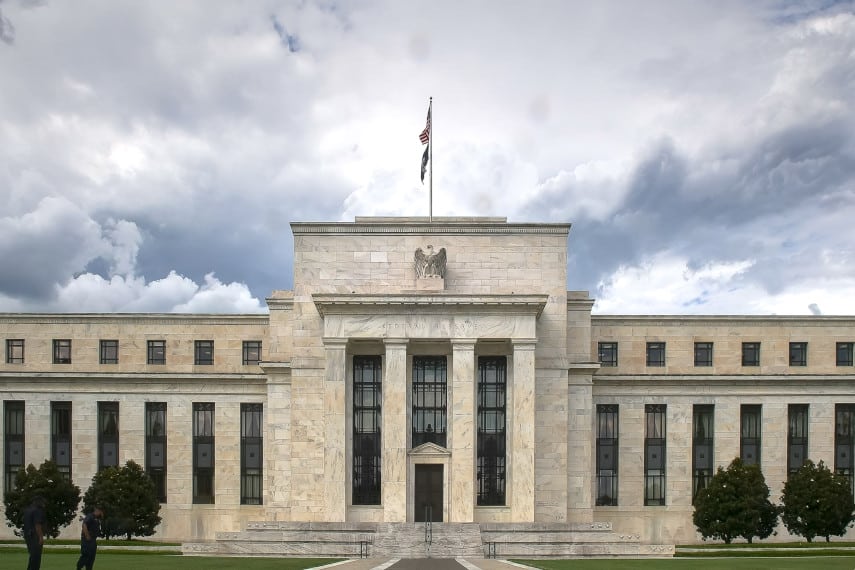
Amidst all the upheaval in Washington, DC since President Trump took office, one of the most important fights taking place is over the Federal Reserve System. Trump recently fired Lisa Cook from the Federal Reserve’s Board of Governors, and Cook has vowed to fight that firing.
Cook is accused of mortgage fraud, having allegedly applied for more than one mortgage in the same time frame in different states while claiming that each mortgage was for her principal residence.
For an official of a financial regulator to have done something like that appears to be at the very least a significant indiscretion, but does it rise to the level of “for cause” that is the threshold required for Trump to be able to fire her? That’s what is currently being litigated.
Cook isn’t the first federal official who has fought her firing, but her fight has arguably a greater impact than many, given the Federal Reserve’s impact on the economy. This fight will likely end up at the Supreme Court, and the Court’s decision could have a major impact on the future of monetary policy.
What Is the Federal Reserve System?
Most Americans probably only know of the Fed as the institution responsible for the direction of US monetary policy. And aside from waiting for the Fed’s monetary policy decision every few weeks, they’re probably not that familiar with how the Fed works.
The Federal Reserve System was established after the passage of the Federal Reserve Act in 1913. Unlike other government agencies, the Fed is a hybrid public-private system, with three main institutions making up its monetary policy functioning:
- Board of Governors of the Federal Reserve System
- Federal Reserve Banks
- Federal Open Market Committee
The Fed’s Board of Governors is a government agency, headquartered in Washington, DC. The Governors are appointed by the President and confirmed by the Senate.
Governors are federal officials paid a salary determined by Congress, Board employees are paid according to a Fed schedule similar to the government’s general schedule, and the Board’s police officers are federal law enforcement officers.
The 12 Federal Reserve Banks are publicly-chartered private banks that are tasked with carrying out monetary policy and banking regulatory functions at the direction of the Board or of the Federal Open Market Committee.
Presidents of the Federal Reserve Banks are chosen by the Class B and C directors of the Reserve Bank, subject to the approval of the Federal Reserve Board of Governors. Class B and C directors are supposed to represent the public, with Class B directors being elected by Federal Reserve member banks, and Class C directors being appointed by the Federal Reserve Board of Governors.
The Federal Open Market Committee is composed of the seven Presidentially-appointed Board Governors, the President of the New York Fed, and four Presidents of the other 11 Federal Reserve Banks who take those spots on a rotating annual basis.
How Does the Fed Set Monetary Policy?
The Federal Open Market Committee meets roughly every six weeks and is responsible for determining the stance of US monetary policy. FOMC meetings occur privately, with the monetary policy decision and a statement being made public on the afternoon that an FOMC meeting concludes.
Minutes of FOMC meetings are published three weeks after a meeting, and transcripts of FOMC meetings are published at least five years after the meetings conclude.
What President Trump Wants From the Fed
President Trump has been upset with Fed Chairman Jay Powell for months, claiming that Powell’s refusal to keep cutting interest rates is holding back the economy and costing the country trillions of dollars.
Trump has put pressure on Powell and the Fed to lower interest rates, believing that lower interest rates will help stimulate the economy. He has publicly lambasted Powell as “Too Late Powell” and a “Total and Complete Moron”, among other things.
One of the fears that markets have is that the pressure Trump is putting on the Fed could erode the Fed’s independence. If the Fed is no longer seen as an independent agency that can engage in monetary policy without political interference, and instead is seen as a rubber stamp for the government, it could erode confidence in the Fed’s monetary policy decision-making.
The History of Fed Independence
It’s important to remember that the Fed wasn’t always as “independent” as it is seen today. Originally, the Secretary of the Treasury was a member of the Fed’s Board of Governors, and Board of Governors meetings were held in the Treasury Building.
Throughout World War II, Fed monetary policy was geared toward keeping interest rates low. It wasn’t until 1950, with the Treasury-Fed Accord, that the modern era of Fed independence began, and the Fed was no longer viewed as an agency that existed primarily to keep government funding costs low.
The Fed’s independence was bolstered in 1977 by an amendment to the Federal Reserve Act, which established the Fed’s responsibility to “promote effectively the goals of maximum employment, stable prices, and moderate long-term interest rates”, now known as the Fed’s dual mandate.
With the Fed having largely remained free from overt political influence over the past several decades, markets have grown accustomed to the Fed having more or less free rein to conduct monetary policy. Thus, moves that could diminish the Fed’s independence could erode confidence in the Fed’s actions.
What Could Trump’s Fed Moves Do to Monetary Policy?
What markets fear is that President Trump’s pressure on the Fed might result in more political interference in the Fed’s monetary policy. While Trump has made no secret that he wants the Fed to be looser in its monetary policy, it’s not so much that markets don’t want the Fed to be looser, it’s that they want those decisions to come from the Fed itself, and not from the Oval Office.
A Federal Reserve that is subject to political pressure from the White House, or that gives in to political pressure to accommodate government spending by directly monetizing debt, is a Federal Reserve that markets might believe would work in the best interest of the President, not the best interest of the economy.
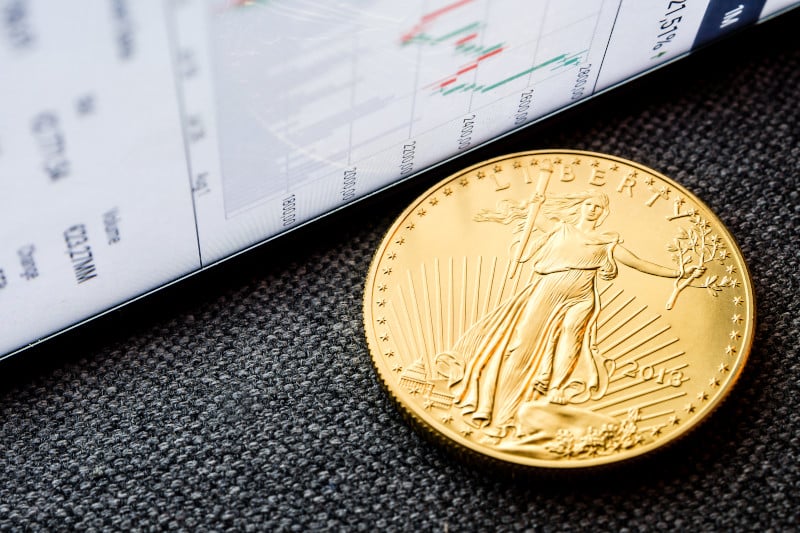
How Could Trump’s Fed Moves Affect the Price of Gold?
The gold price jumped as a response to President Trump’s firing of Governor Cook, and subsequently went on to set record highs of over $3,550 an ounce. Silver prices were up too, to over $41 an ounce, as traders looked for safe haven assets.
If President Trump is able to get his way, and is able to force the Fed to loosen monetary policy, it could erode public trust in the Fed, and lead to even more people looking for safe haven assets.
With inflation having reached 40-year highs just a few short years ago, and with inflation remaining problematic today, many people are fearful that looser monetary policy today could lead to higher inflation.
If Trump’s move to fire Cook is, as some suggest, a pretext to get his own more dovish picks onto the Board of Governors, and if he is successful, then we could very well see the Fed start to loosen monetary policy, doing things such as lowering interest rates or even engaging in quantitative easing.
If that were to occur, there’s a good chance that safe haven buying of gold could increase, and the gold price could increase as a result. We saw this happen in the aftermath of the 2008 financial crisis, as the gold price set numerous records from 2008 to 2011.
Gold has already set new highs recently as a result of safe haven buying, and it could continue climbing. If you’re interested in taking advantage of gold as a safe haven asset, now is the time to start thinking about it.
Whether you’re interested in buying a few gold coins or rolling over part of your retirement savings into a gold IRA, Goldco has gold buying options for you.
Goldco has helped thousands of people just like you benefit from adding gold to their portfolios, and our precious metals specialists can answer any questions you may have about the gold purchase process.
With inflation remaining problematic, risk of potential recession growing, and President Trump putting more and more pressure on the Fed to loosen monetary policy, everything seems to be coming together in a perfect storm to push the gold price higher. Call Goldco today to learn more about how you can put gold work for you.


